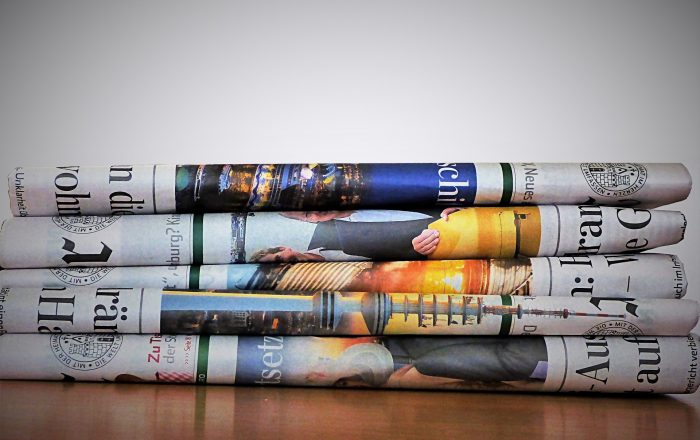The social experiment
May 1, 2019Exclamation inflation
May 29, 2019
Pitching the perfect press release
Any publicity is supposed to be good publicity according to Hollywood heavyweights, but it takes more than a good turn of phrase and a nice picture to get your message noticed by the media.
From experience, the bins of journalists are filled with unread press releases. When you receive hundreds each week, it’s only the ones that grab the reader’s attention from the first line that get a second glance. But if the story isn’t as exciting as the headline suggests, then it too will end up in the recycling bin.
Like any other kind of communication, there are a few essential ‘must haves’ that should be part and parcel of any press release no matter what it is trying to sell or announce.
Just like a news story, a press release must contain all the essential information so the journalist can read it and create their own story/news release. And just like a news story it should be written in third-person, citing quotes and sources and containing standard press release information.
Remember, the goal of any press release is to get a call back from a journalist.
There are two styles of press release – Do vs. Applaud. Either your organisation did something and is bragging about it, or you are applauding something – possibly someone else’s achievement.

The idea of a press release is to create news stories from what’s already going on – such as awards, new products, or breakthroughs or expansions your company or business could be planning.
Press releases shouldn’t be essays. They should be no more than a page and should get to the point almost immediately. The most important point should be in the first sentence, and each paragraph should be no more than four lines long. The point of a press release isn’t to give away everything – it’s more like bait to lure a journalist into picking up the phone so they can get the whole story.
The first words a journalist will probably see are in the headline and they are arguably the most important four or five words on the page. If you obscure your message with wordplay or a witty surprise, you’re only delaying the moment when journalists find out what this is all about. Tell them immediately. But remember – if the headline is not intriguing, newsworthy and unique, they will not read any further.
Credibility is also important and one way to get this into a short press release is with quotes, ideally slipped into the third or fourth paragraph. It not only gives the release a more human touch, but also implies your company, department or business has depth, and it allows you to provide a viewpoint from your company – for example, what the partnership means to the company, or how the new solutions will help drive growth.
It may sound obvious, but before you distribute your press release double check what you have written to make sure all your facts are correct.
Press releases shouldn’t be essays. They should be no more than a page and should get to the point almost immediately. The most important point should be in the first sentence, and each paragraph should be no more than four lines long. The point of a press release isn’t to give away everything – it’s more like bait to lure a journalist into picking up the phone so they can get the whole story.
The first words a journalist will probably see are in the headline and they are arguably the most important four or five words on the page. If you obscure your message with wordplay or a witty surprise, you’re only delaying the moment when journalists find out what this is all about. Tell them immediately. But remember – if the headline is not intriguing, newsworthy and unique, they will not read any further.
Credibility is also important and one way to get this into a short press release is with quotes, ideally slipped into the third or fourth paragraph. It not only gives the release a more human touch, but also implies your company, department or business has depth, and it allows you to provide a viewpoint from your company – for example, what the partnership means to the company, or how the new solutions will help drive growth.
It may sound obvious, but before you distribute your press release double check what you have written to make sure all your facts are correct.
